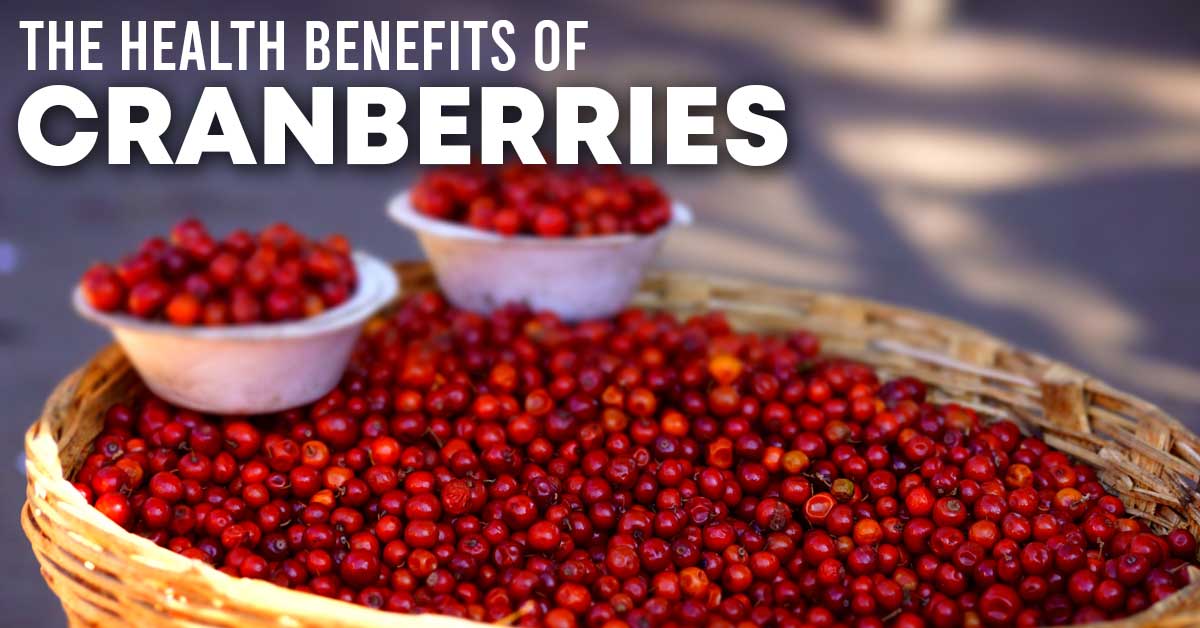Cranberries are most commonly served around Thanksgiving, but transitioning this holiday side to a year-round snack can offer some surprising benefits. These little red fruits are known for their taste that’s both bitter and sour – making an ideal snack for those that enjoy the taste.
The fruit’s connection to Thanksgiving comes from the history associated with Native American’s using cranberries both in food and dye for coloring fabric. In the northern half of the United States, they are among the most common native fruits.
Rich in Antioxidants
The antioxidants in cranberries help decrease inflammation throughout your body – a similarity they share with some other fruits.
With decreased inflammation comes a reduced risk of chronic disease. Cranberries are just one of the many fruits and vegetables that can contribute to serving this role.
Understanding Proanthocyanidins
Those who have the unfortunate discomfort of urinary tract infections (UTIs) may have heard of cranberry’s ability to promote urinary tract health. Since the early 20th century, cranberry consumption has been recommended as a way to promote urinary tract health.
A 1994 study from Harvard Medical School found that cranberry consumption made it more difficult for bacteria to linger on the lining of your bladder. By 1998 another study from Rutgers University had identified proanthocyanidins as the key component of cranberry that was making it more difficult for E.coli to attach to the urinary tract.
Proanthocyanidins are the chemical compound that gives cranberries their rich red color.
Because these proanthocyanidins can decrease bacteria in the urinary tract, there is some (still inconclusive) research indicating that cranberries may have a similar impact on the bacteria in your mouth. While more research will be necessary, if true, it could make a case for cranberries helping decrease cavities.
Sugar: Something to Keep in Mind
Before you celebrate cranberries’ benefits, it’s important to realize not all cranberries are created equal. Just like how roasting and salt contents can greatly influence how healthy nuts are, the same can be said about sugar contents in cranberries.
Cranberries are best eaten raw, with dried package cranberries often have added sugar to improve the otherwise tart flavor. Like most fruit juices, the same concern can be voiced for cranberry juice.
Bottom line: Watch the sugar content and use that to weigh the benefits.


